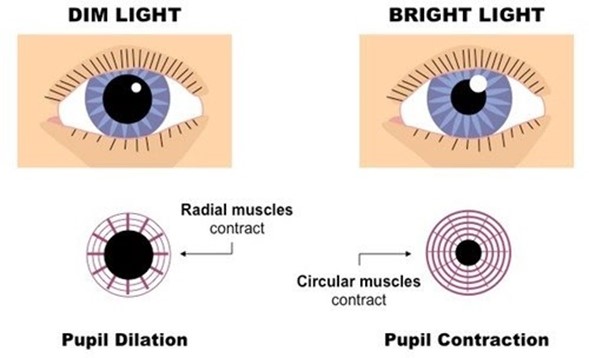A nurse in the ICU is caring for a client who has heart failure and is receiving a dobutamine drip. The nurse should identify that which of the following findings indicates that the medication is effective?
Increased urine output
Decreased blood glucose level
Decreased blood pressure
Increased heart rate
The Correct Answer is A
Choice A Reason: Dobutamine is a positive inotropic agent that increases the contractility of the heart and improves cardiac output. This leads to increased renal perfusion and urine output, which reduces the fluid overload and edema associated with heart failure. Therefore, this choice is correct.
Choice B Reason: Dobutamine does not have a direct effect on blood glucose level. It may cause hyperglycemia as a side effect, but this is not an indication of its effectiveness. Therefore, this choice is incorrect.
Choice C Reason: Dobutamine may cause a slight decrease in blood pressure due to vasodilation, but this is not its main therapeutic effect. A significant decrease in blood pressure may indicate hypovolemia, hypotension, or shock, which are adverse effects of dobutamine. Therefore, this choice is incorrect.
Choice D Reason: Dobutamine also has a positive chronotropic effect, which means it increases the heart rate. However, this is not a desired outcome for a client with heart failure, as it increases the oxygen demand of the heart and may worsen the condition. Therefore, this choice is incorrect.
Nursing Test Bank
Naxlex Comprehensive Predictor Exams
Related Questions
Correct Answer is D
Explanation
Choice A Reason: This choice is incorrect because it reflects the nurse's feelings rather than focusing on the client's needs. Saying "That's a hurtful thing to say" may make the client feel guilty or defensive, and it does not address the underlying cause of the client's anger or frustration.
Choice B Reason: This choice is incorrect because it sounds accusatory and confrontational rather than empathetic and supportive. Asking "Why would you say such a thing?" may make the client feel judged or criticized, and it does not explore the client's feelings or concerns.
Choice C Reason: This choice is incorrect because it dismisses the client's feelings rather than acknowledging them. Saying "Well, that's your opinion" may make the client feel ignored or invalidated, and it does not show respect or compassion for the client.
Choice D Reason: This choice is correct because it invites the client to express their feelings and concerns rather than shutting them down. Saying "Tell me more about that" may make the client feel heard and understood, and it may help to identify the source of their anger or frustration. The nurse can then use therapeutic communication skills such as active listening, reflecting, clarifying, or validating to establish rapport and trust with the client.
Correct Answer is D
Explanation
Choice A: Eliciting the gag reflex is a way to assess cranial nerve IX (glossopharyngeal) and X (vagus), which are responsible for the sensation and motor function of the pharynx and larynx.
Choice B: Testing visual acuity is a way to assess cranial nerve II (optic), which is responsible for the sense of vision.
Choice C: Observing for facial symmetry is a way to assess cranial nerve VII (facial), which is responsible for the motor function of the facial muscles and the sensation of taste.
Choice D: Checking the pupillary response to light is a way to assess cranial nerve III (oculomotor), which is responsible for the motor function of most of the eye muscles, including those that control pupil size and lens shape.

Whether you are a student looking to ace your exams or a practicing nurse seeking to enhance your expertise , our nursing education contents will empower you with the confidence and competence to make a difference in the lives of patients and become a respected leader in the healthcare field.
Visit Naxlex, invest in your future and unlock endless possibilities with our unparalleled nursing education contents today
Report Wrong Answer on the Current Question
Do you disagree with the answer? If yes, what is your expected answer? Explain.
Kindly be descriptive with the issue you are facing.
